A variety of roots, rhizomes, and corms were planted last year. Many were spring ephemerals, dormant by late summer when they were planted, so the seven month period from planting until the first sign of growth brings a degree of uncertainty. In fact, in very early spring I look daily in spots where these were planted (to the best of my recollection) to restore faith that I have not completely wasted my money and effort.
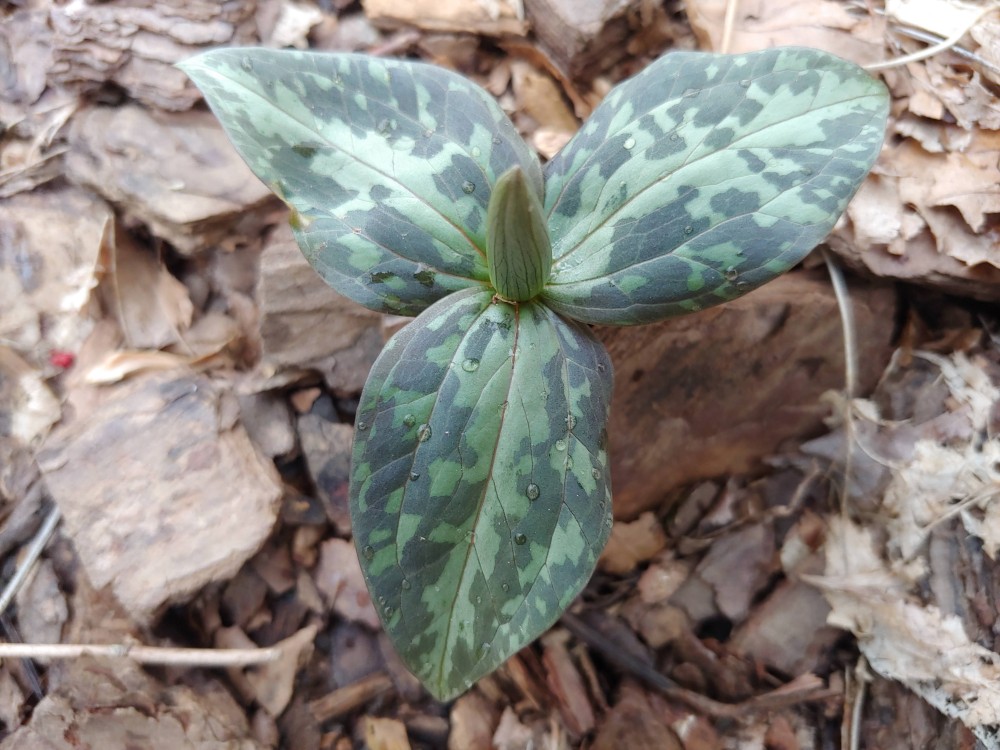
Today, I am overjoyed to see the first of dozens of trilliums (above) that were planted. Of course, this renews faith that other dozens of Solomon’s Seals, mayapples (below), ferns, and whatevers that I don’t recall from months ago will soon appear. While I have complete confidence that long planted perennials will reappear annually, the tiny size and extended period since planting small sections of roots are reason for uncertainty. No doubt, some were planted wrong side up, too shallow or deep, or some critter might have dug them up, but seeing the first trilliums enlivened my daily stroll.
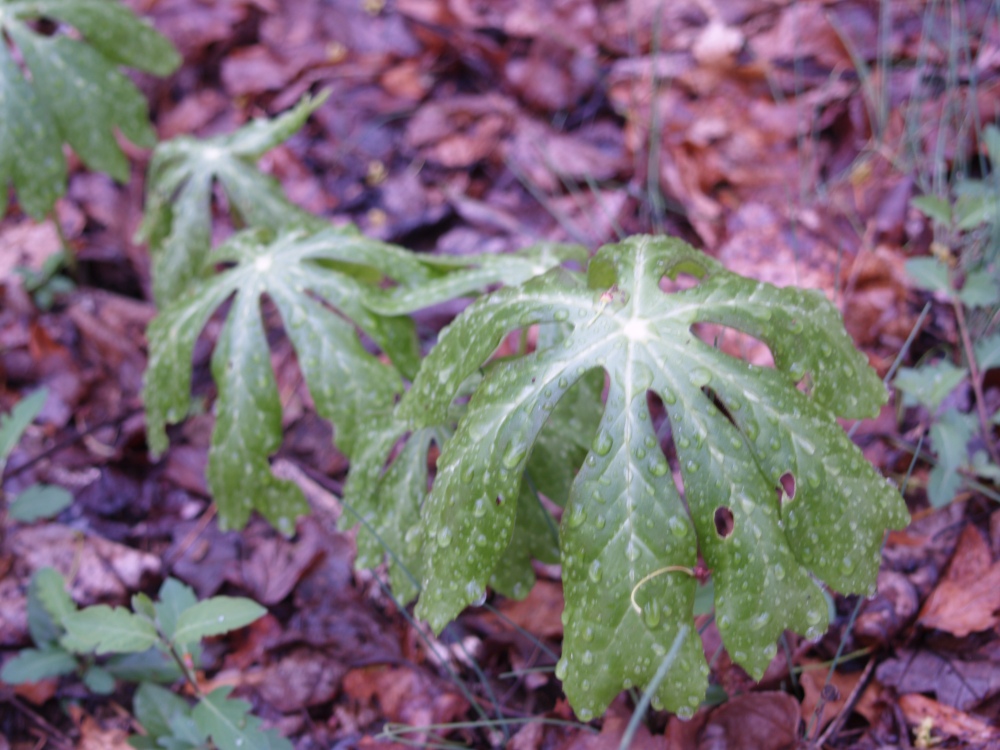
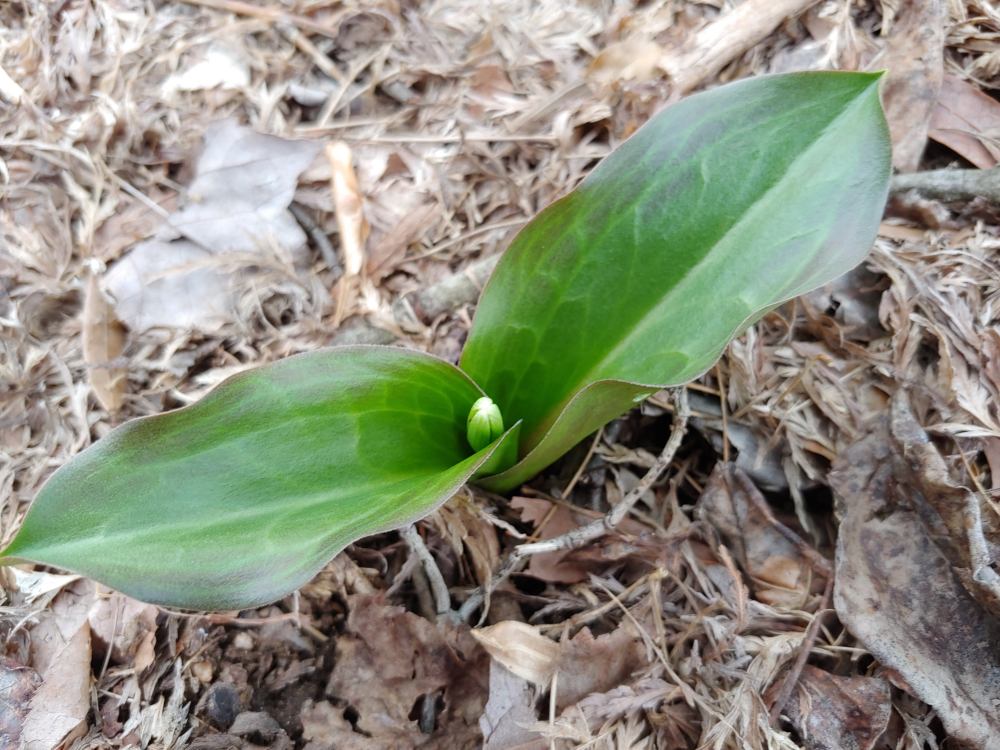
Certainly, this is a bit too early for many ephemerals and perennials to make an appearance, in particular with most everything in the garden being a week or two late this year. I’ve dug down to find growth of Solomon’s Seals that have been planted for years, and they’re getting close, but haven’t broken ground yet. I know these will, and I believe that most of what I planted last year will pop up in the next few weeks.
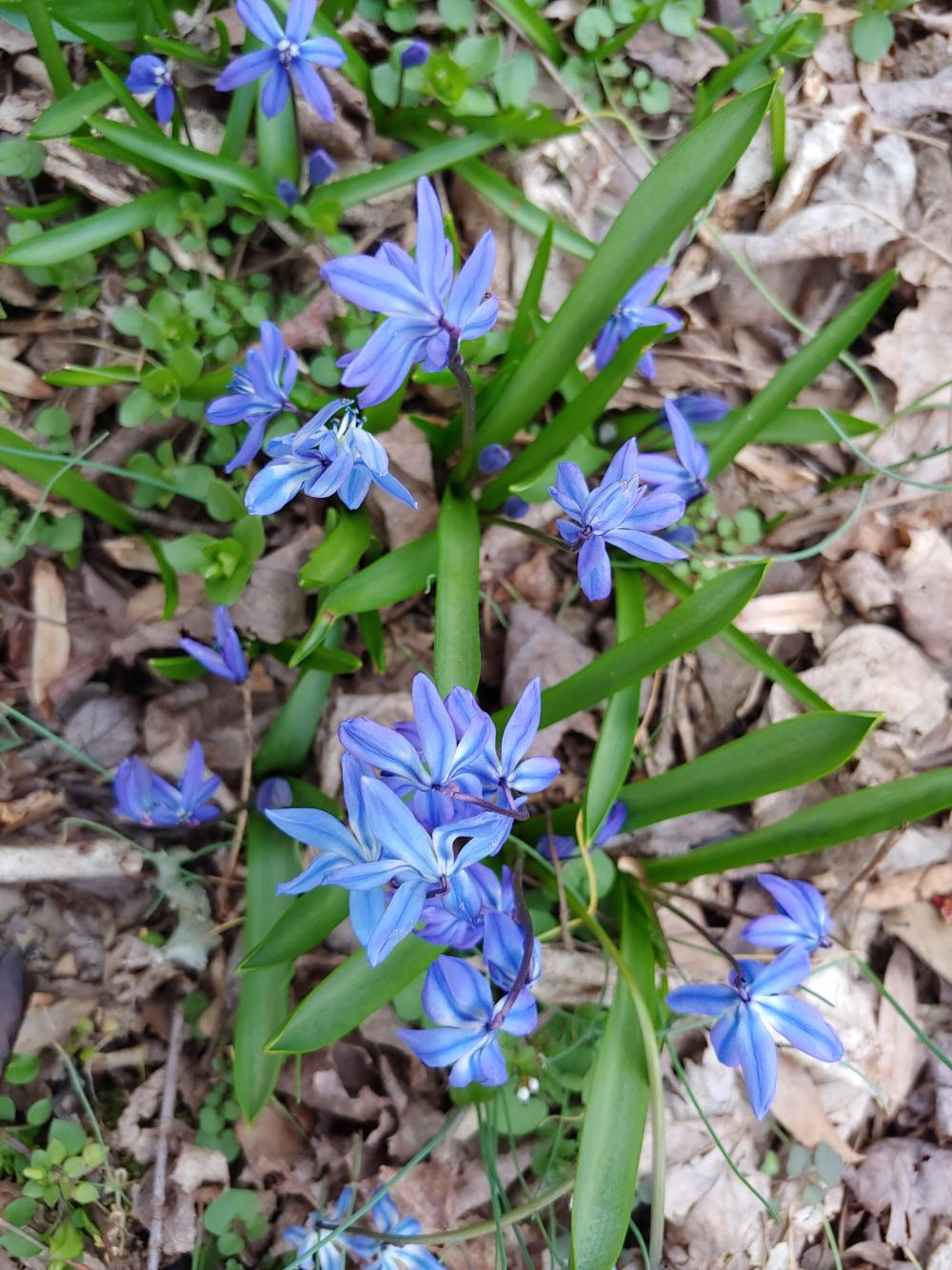
Several magnolias and the Okame cherry (above) typically flower closer to the start of March than to the end, but not this year that was not abnormally cold, but just persistently cool through February. In most recent years, February has been mild through the first week of March, which has skewed traditional flowering times earlier (for better or worse, with damaged hydrangeas the worst of it). It is unlikely that there will be a cold enough freeze after the first of April to damage the magnolias, but more likely that flowering will be abbreviated as warmer temperatures push blooms in and out more quickly.
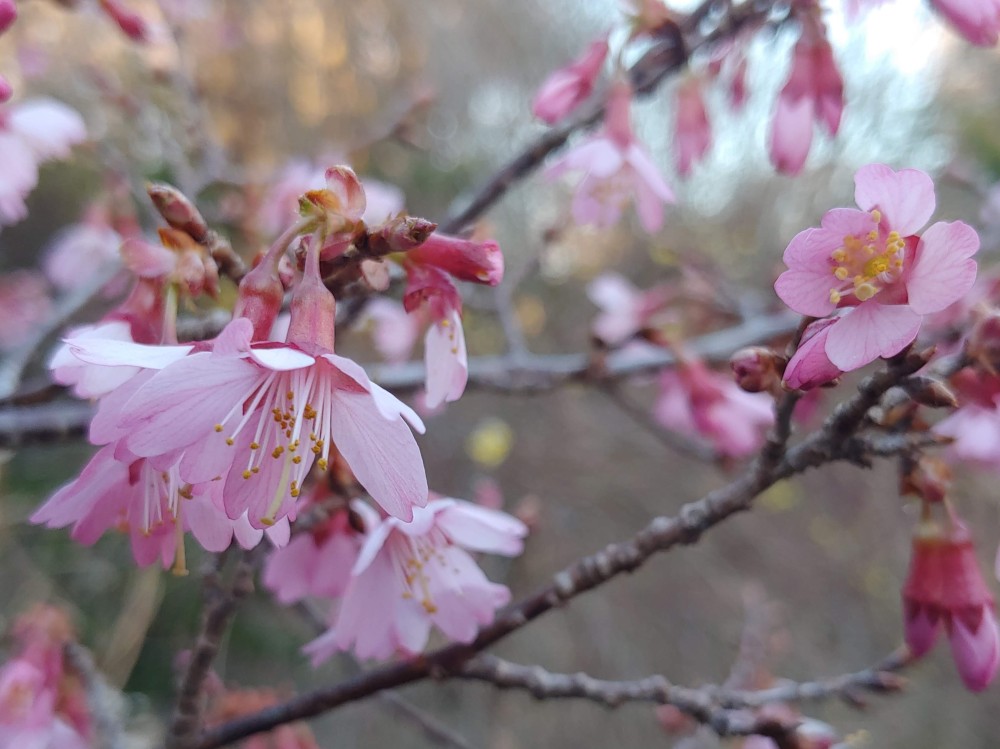
“ to restore faith that I have not completely wasted my money and effort”
I sympathize. Just saw my Podophlum difforme – Starfish Form pop up.
What Asian may apples did you plant?
Chinese mayapples P. pleianthum and P. versipelle subsp. boreale and Sinopodophyllum hexandrum. A numbered selection with no culivar name. Today I’m seeing the first signs of life on these also while sweeping aside leaf clutter.
Those are odd choices for roots, rhizomes and corms. Are they native? Such perennials would be expensive here, and could only be obtained from specialty nurseries. I would not have though of planting them them though. They just sort of come up in unexpected places. Of course, there is no mayapple here.
Some are natives, and in bareroot these are relatively inexpensive. My budget is too limited to pay for container grown in these very small plants, except the mayapples, that are Asian, and came potted, so more costly.
Asian mayapples? That is even more interesting, although I would want North American species just because I happen to be more interested in what grows in the Eastern half of the continent.
I got some of my yuccas bare root. They were not much to look at when they arrived, but were so worth it.
I’ve considered these for a few years, but seeing them in Kitsap Peninsula gardens I had to order a few.
There are some odd things on the Kitsap Peninsula. My Pa lives in Silverdale, and the farm is in Poulsbo. It is weird for me to see species that I can not identify when I go there.